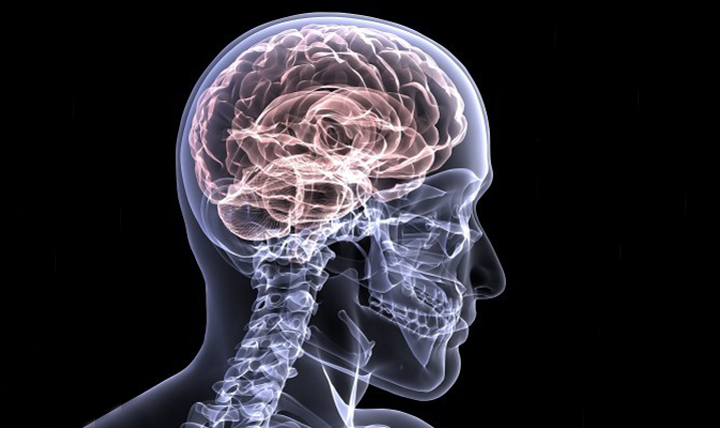Traumatic brain injuries can be fatal and demand urgent medical attention that airambulance services can provide. According to a statistic by the Centers for Disease Control and Prevention, traumatic brain injuries are among the leading causes of disability and even death in the United States of America. To put a number to the extent of its dangerousness, traumatic brain injuries account for about 30% of all deaths associated with injuries. The leading causes of brain injuries in the country are assaults, motor vehicle accidents, sports related mishaps, and falls. While the risk of falls is considered high among senior citizens, sports are a major cause for traumatic brain injuries among the younger population.
Ambulance Sometimes Becomes a Necessity in Traumatic Brain Injuries
The survival rate of a patient increases drastically if he or she receives treatment right on time. This is where airambulance services come into play. If the injury occurs in remote or rural areas where access to adequate neurological care is next to impossible, the only recourse that remains is transportation by airambulance. Among the advantages of using airambulance services apart from the speed is the comfort and facilities that they offer. They are usually better equipped. Also, the chances of secondary trauma owing to transport are almost zero when the airambulance is used for transport.
The Immediate Symptoms of a Traumatic Brain Injury
It must be noted that the symptoms related to traumatic brain injury vary based on the severity of the injury. Patients are usually seen experiencing mild-to-severe changes in personality or behaviour, loss of sensation in any or several parts of the body, muddled or impaired thought process, loss of memory, impairment in vision, slurring of speech, inability to move one or more parts of the body. Airambulance services usually employ specific protocols when traumatic brain injuries are involved and utmost care is taken to keep the patient safe so that the chances of long-term consequences are minimum to none.


